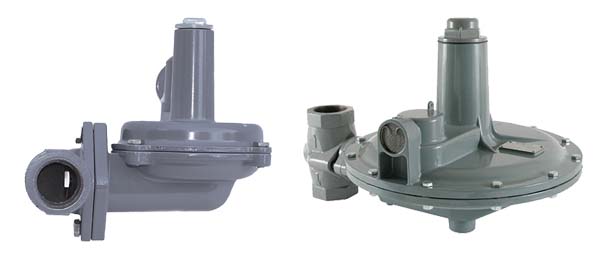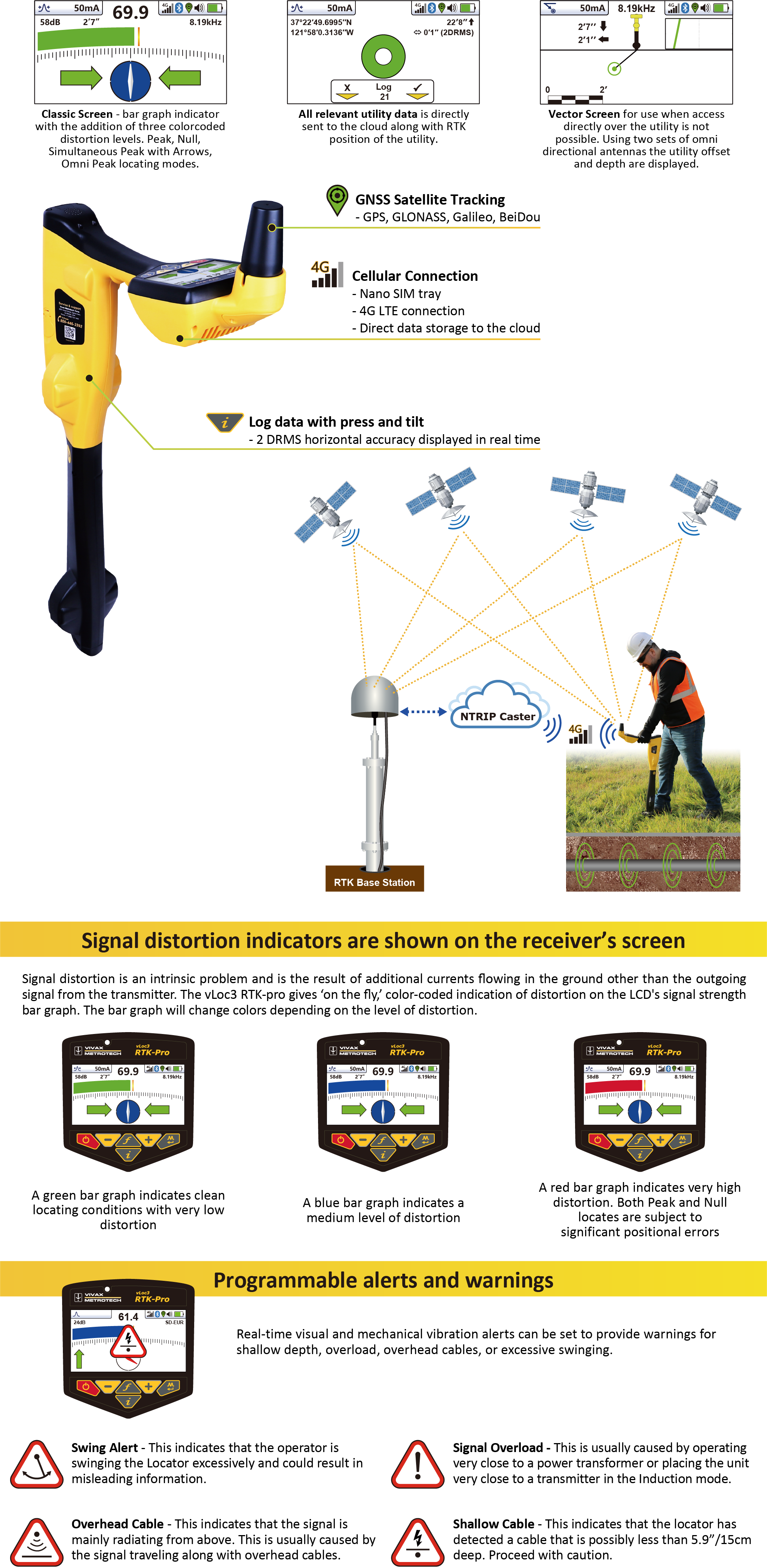
A natural gas regulator works by accomplishing two important tasks related to how natural gas is delivered to your home: pressure reduction and pressure regulation.
Pressure Reduction
A natural gas utility provides natural gas to residential homes via a large network of pressurized pipelines. These systems span between gas collection locations and the towns and cities that use the fuel. These gas lines are pressurized, which allows for gas transport through the pipe network to reach homes and businesses. When the gas finally reaches your location, the pressure in the gas must be brought down to a level that your appliances can use.
Most natural gas regulators are direct-operated or self-operated pressure-reducing valves. These valves are so named because they contain an internal spring valve mechanism that reduces the pressure and require no other type of energy to function.
A valve backed by an adjustable spring adjusts the pressure within direct-operated pressure-reducing regulators. The spring valve applies pressure against the opposing pressure in the gas line, enabling the opening of the valve just enough to pressurize the downstream house side according to the pressure level requirement.
Pressure Regulation
The second essential job of natural gas regulators is to bring the gas pressure entering the home to a normal level. The piping outside of the structure that delivers the gas is often conveying the gas at a higher pressure than required and that pressure may rise and fall. Without a natural gas regulator, the gas pressure in the pipes leading to the various appliances could change or reduce considerably.
A natural gas regulator brings the gas pressure to a normal level by detecting the gas pressure downstream of the regulator and modifying the spring valve as necessary to provide a continual flow of gas. This is done through a mechanical connection between a diaphragm chamber filled with gas from the downstream outlet side and the regulator’s spring valve. As the gas pressure lowers on the downstream side, the diaphragm interacts with the spring valve to enable the flow of more gas from the inlet side, which in turn normalizes the pressure.
At EGW Gas Solutions, we provide a wide array of natural gas regulators and relief valves for your residential, commercial, or industrial needs. For information, call us today at 972.446.1655 or use our contact form to send us a message.


